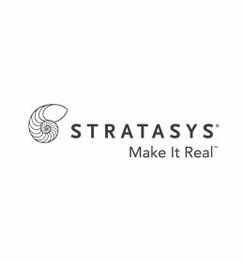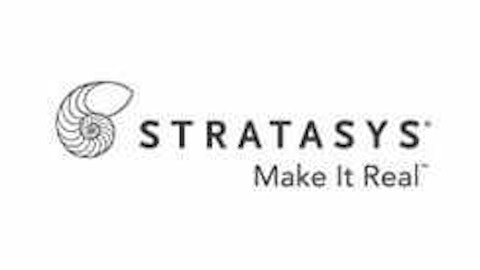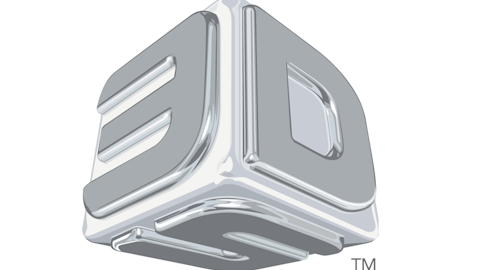Up until now, most suggestions that “3D printing” technology is the 21st Century equivalent of Star Trek tech — a reference to the famed television series’ food-and-goods “replicator” device — have been a bit exaggerated. You can’t really walk up to a Stratasys, Ltd. (NASDAQ:SSYS) 3D printer and ask it to make you a cup of “tea, Earl Grey, hot.” Not yet, anyway.
But you’ve got to hand it to companies like Stratasys, Ltd. (NASDAQ:SSYS), and its archrival 3D Systems Corporation (NYSE:DDD), and their more famous rival MakerBot (featured on the Colbert Report) — they’re making progress.
tech, this time for real
The most recent “one small step for [3D tech]” development happened just last week, when NASA announced a partnership with Mountain View, California’s Made in Space to start actually making stuff in space … using 3D printers.
Made in Space bills itself as a company that’s “laying the foundation for using additive manufacturing technologies (also known as 3D printing) to radically change the way we do space exploration today.” It’s partnered with both Stratasys, Ltd. (NASDAQ:SSYS) and 3D Systems Corporation (NYSE:DDD), and MakerBot besides, to help figure out how 3D printing will work in a weightless, space-environment.
Now, NASA is collaborating with Made in Space, too, on a project to get this plan off the ground. In the 3-D Printing in Zero G Experiment, Made in Space will provide 3D printing equipment to NASA to try “printing” at first computer component boards, then bulkier items such as machine parts, tools, and science equipment, on board the International Space Station — perhaps as soon as next year.
Small steps lead to giant leaps
As I said, this is just the start. Farther down the line, NASA envisions using 3D printers to:
- create tools and habitats needed on manned missions to Mars and other planets
- print housing structures and laboratories using printed “building blocks.” In this scenario, the plastic raw material used to print most items today would be replaced with “in-situ” resources harvested at the location where the printing is done, “such as soil or minerals.”
- and even to “print” an entire spacecraft in space. This would be especially useful because spaceships could be designed without having to factor in Earth’s gravity, and the constraints it imposes on the mass of a spaceship, the cost of lifting that mass into orbit from Earth all in one piece, strains placed on the equipment from vibration and G-forces during launch, and so on.
In the most Trek-like scheme of all, NASA says 3D printers may one day be used to print and recycle tools as they are needed, on board spacecraft making long-distance voyages. So for example, if astronauts know they will need both a hammer and a screwdriver on a trip, they might print the hammer first, then recycle its materials and print them back out again in the form of a screwdriver the next.



